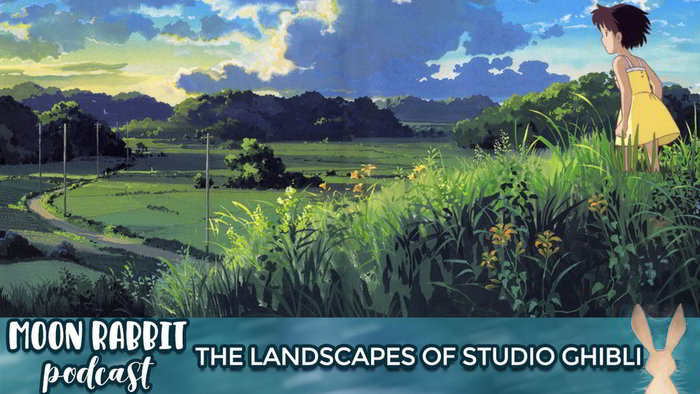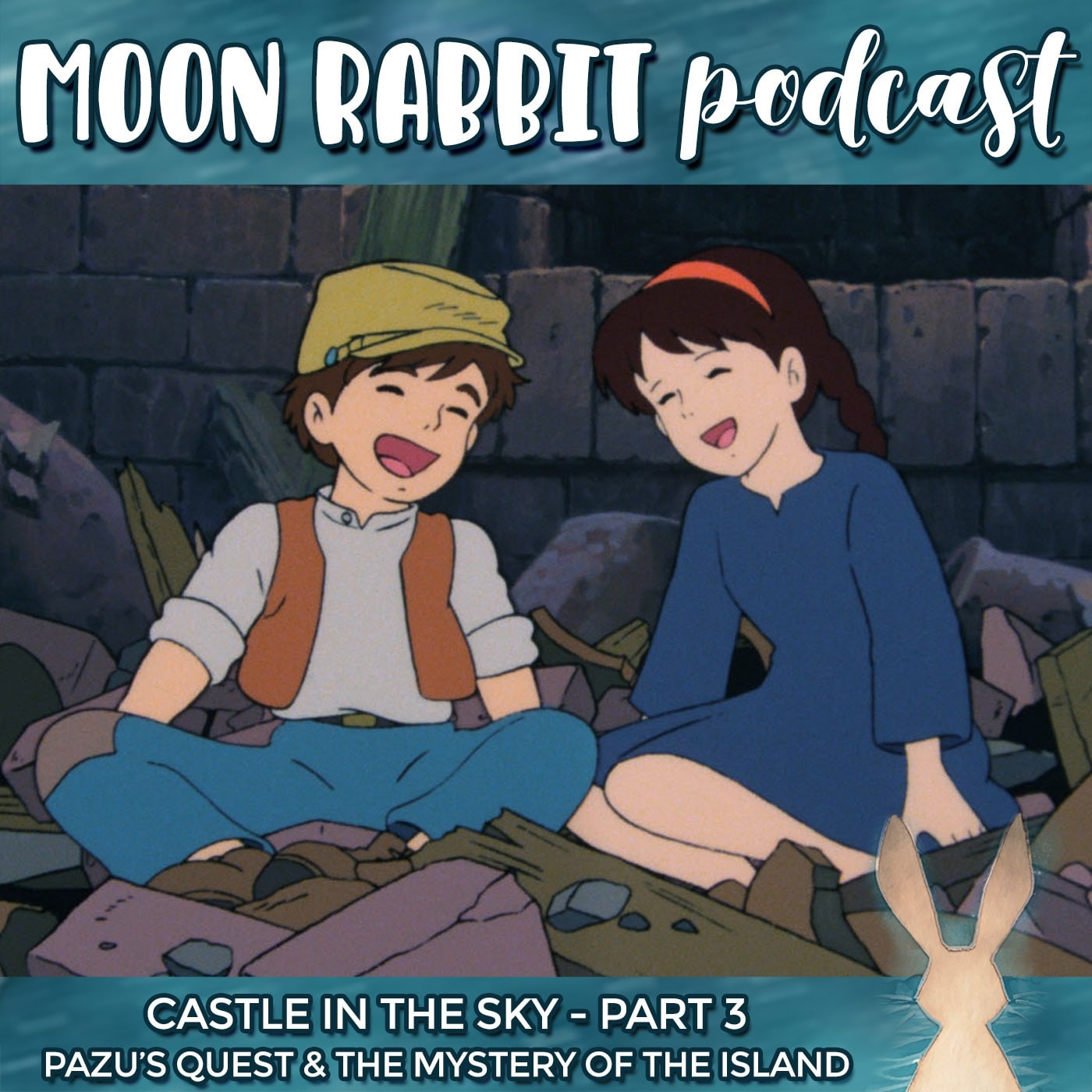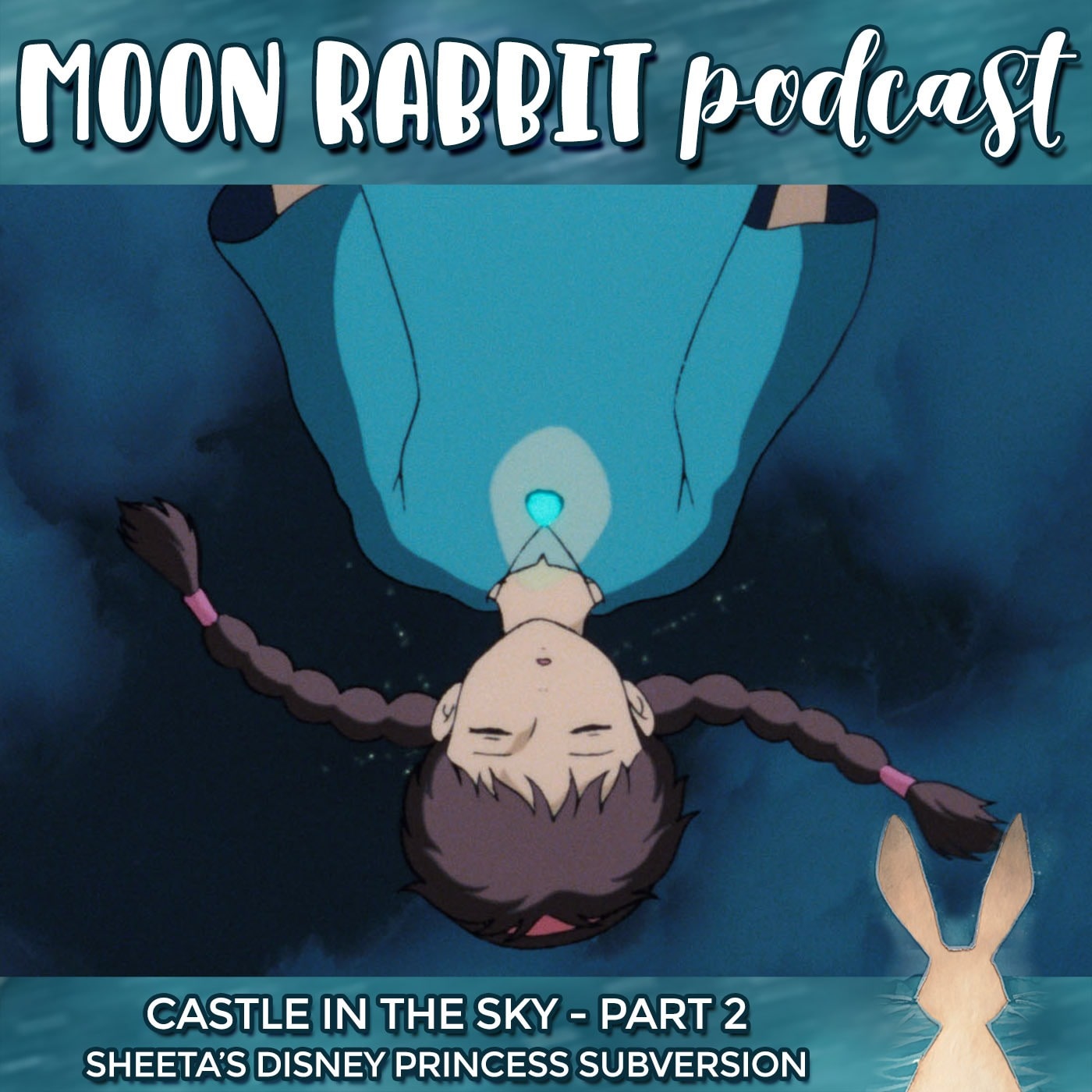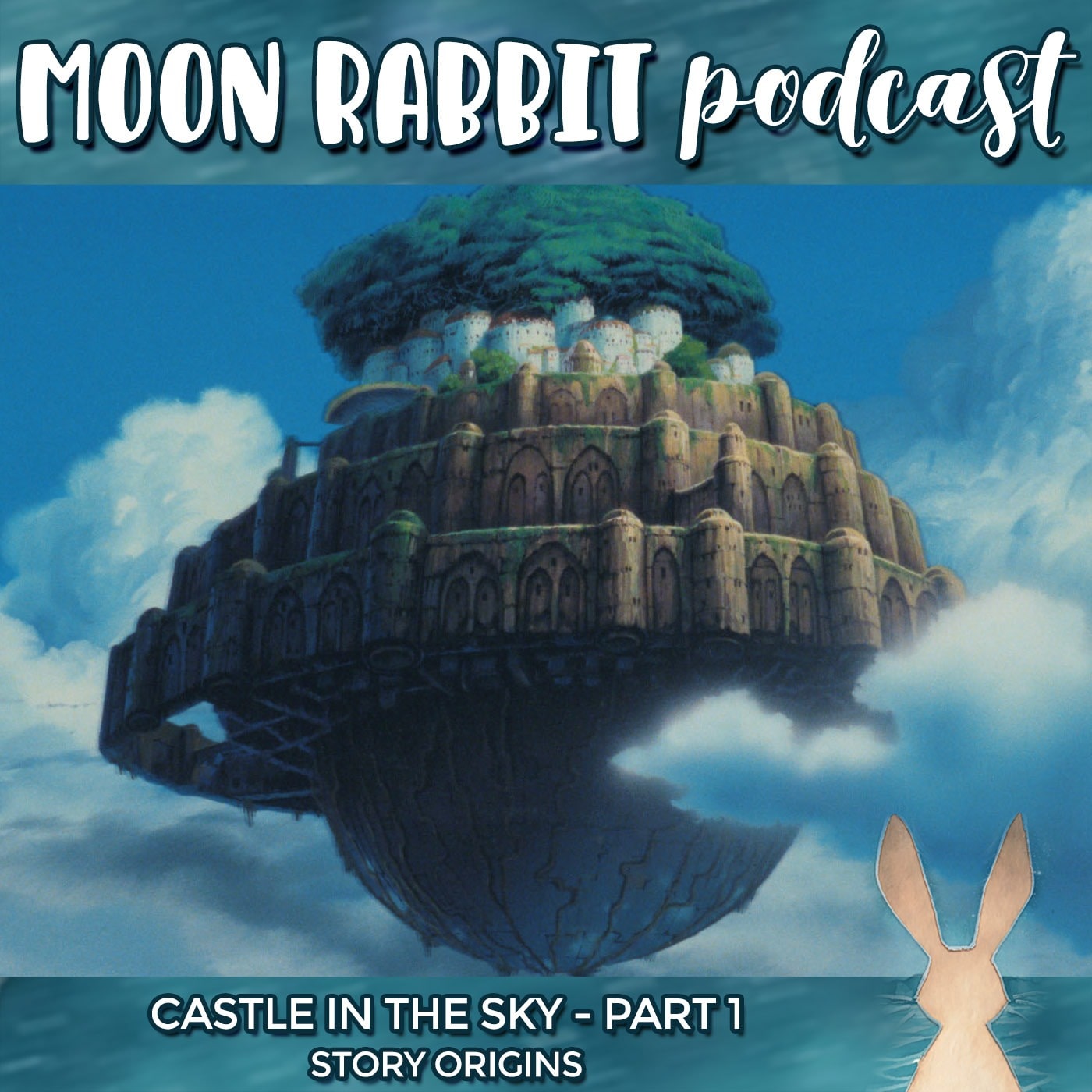The Landscapes of Studio Ghibli – Moon Rabbit Podcast #003
Description
Studio Ghibli’s films exist across a wide spectrum of stories and genres, and much has been said about the characters and the storytelling – something I myself have been heavily involved with for the past ten years.
But there’s one thing that connects Studio Ghibli films that I’ve felt for a long time is a more nuanced way of looking at these films, and that is the attention that the Studio’s two main writers and directors, Miyazaki and Takahata, seem to pay to the actual physical spaces that the characters move around in.
Whether it’s…
- the slow flow of seasons through the Japanese landscape that you can track through My Neighbour Totoro,
- or the internal construction of the bathhouse in Spirited Away,
- or the ancient forests of Princess Mononoke,
the landscape is as important to Studio Ghibli films as any of the main characters.
But it’s not just about an artistic representation of nature and architecture – the way Ghibli approaches its landscapes is integral to how these films are able to evoke feelings of childhood, feelings of nostalgia and even reverence, but also a sort of melancholy for the things that we’re watching that we know are no longer there.
Here to discuss this fascinating topic with me today is someone who is going to be a recurring guest to the Moon Rabbit podcast.
 </figure>
</figure>Nora Selmeczi, who holds an MFA in screenwriting and dramaturgy and worked for years as a screenwriter and script doctor for film, television and web projects in her native Hungary. She’s also worked in independent arts management and film journalism, specialising in the cinema of the Far East and Central Europe.
Nora was the co-editor The Wilds of Shikoku, a book about a walk through this pristine island in South-West Japan, and has recently spent 8 weeks walking through Scandinavia, and also took a smaller walking trip through parts of Japan. She has an irregularly published newsletter Enda Lettere where she writes about walking and landscapes.
We sat down with Nora in late 2019 and back in those carefree days of being blissfully unaware of what was coming in 2020 we talked about the environments represented in the Ghibli films.
<iframe loading="lazy" src="https://widget.spreaker.com/player?episode_id=40410160&theme=light&playlist=false&playlist-continuous=false&chapters-image=true&episode_image_position=right&hide-likes=false&hide-comments=false&hide-sharing=false&hide-logo=true&hide-download=false" width="100%" height="200px" frameborder="0"></iframe>
And we talked about:
- the vanishing landscape of My Neighbor Totoro,
- how Totoro’s entire storytelling is organised around the Japanese seasons,
- and how the film creates a feeling of childhood nostalgia for viewers who haven’t actually grown up on the now-vanished outskirts of Tokyo.
Then, in the second half of the episode, we’ll be talking about:
- the use of real versus imaginary landscapes,
- how and why Yakushima forest inspired the landscapes of Princess Mononoke,
- the exact building that inspired the bathhouse in Spirited Away,
- and how Studio Ghibli’s focus on landscapes ties into Buddhist meditation practices.
You can probably already tell this is going to be a jam-packed episode, and it’s also a conversation that I’m very excited about, so let’s dive right in.
My name is Adam Dobay, and this is Moon Rabbit, the film analysis podcast at the intersection of mythology and the human psyche.
How to listen to the Moon Rabbit Podcast?
- Right here, right now: Click on the big play button above. Magic!
- Take it with you: Download the mp3 for this episode by clicking here!
- On your favourite podcast app: search for “Moon Rabbit” on iTunes, Spotify, Google Podcasts, Podcast Addict, or your preferred podcast app. (And if you can’t find it, let me know which service is missing it!)
You can also follow Nora’s adventures on Instagram and check out the gorgeous The Wilds of Shikoku she co-edited.
And now, for the full episode transcript!








